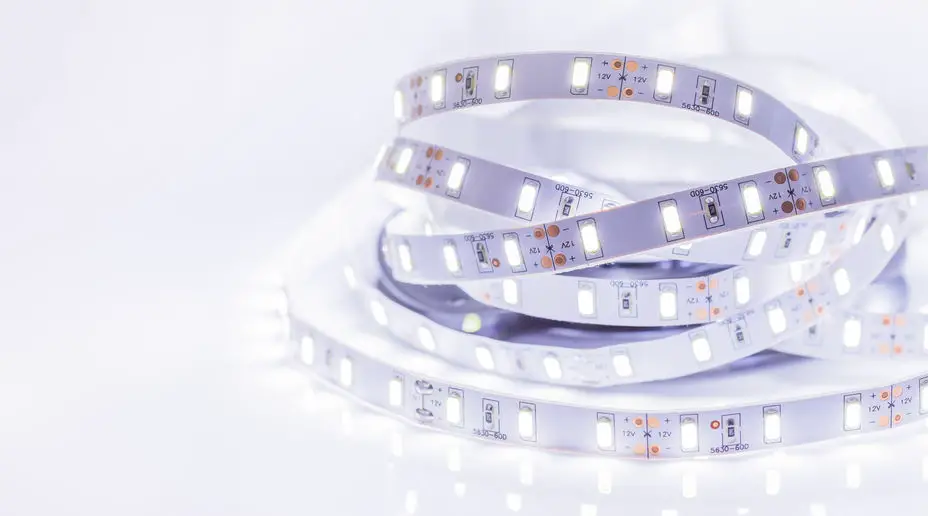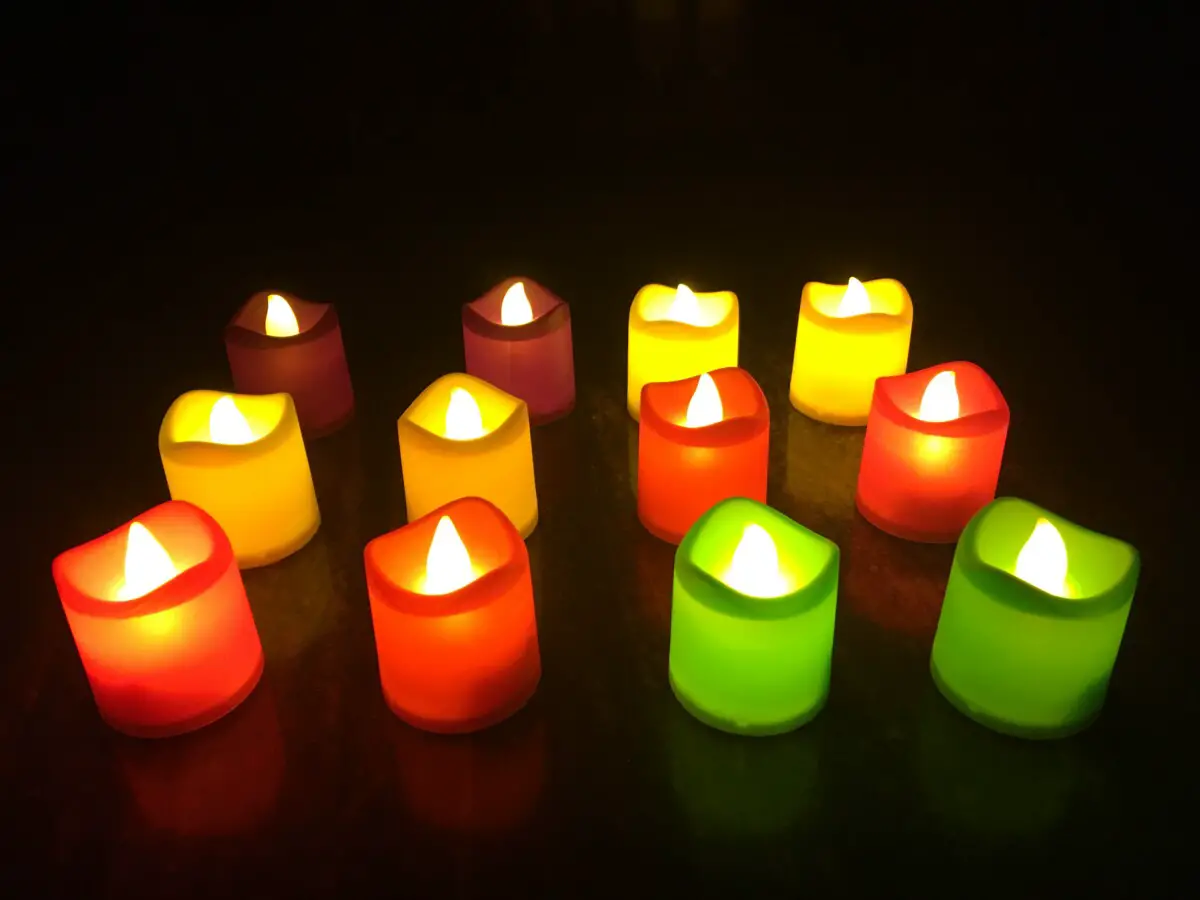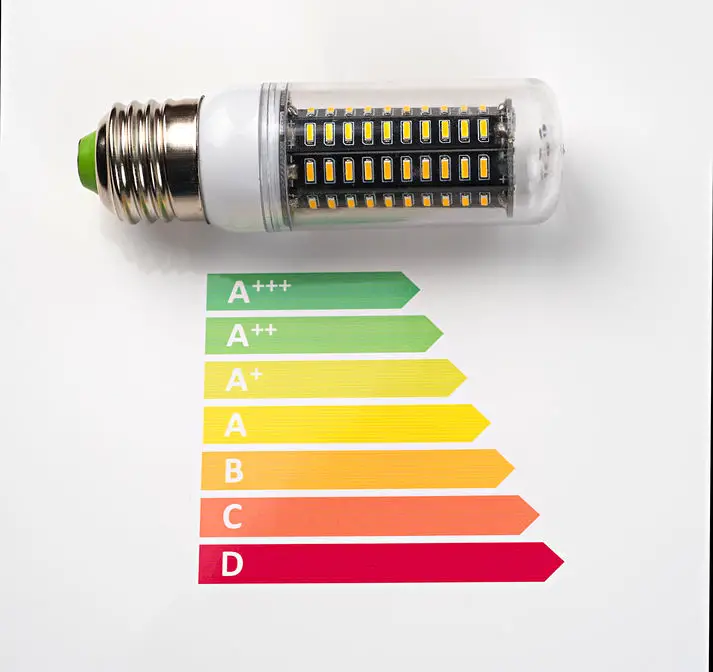Can You Touch LED Bulbs With Your Bare Hands Without Risk?
Having a lightbulb break, stop functioning or otherwise need tampering can sometimes be problematic as there are a lot of things to consider when switching out the bulb.
Firstly it becomes a priority to know if you can touch the bulb with your bare hands or if you have to use gloves to touch them to avoid leaving skin oils on the bulb itself. Another very relevant issue is that most common bulbs become very hot after normal usage, however, these concerns don’t really apply to LED light bulbs.
When it comes to LED bulbs they are generally safe to the touch. LEDs produce light via electroluminescence, unlike older bulbs which produce light via a glow from excessive heat generation. This means that LED bulbs will rarely reach temperatures high enough to cause any significant discomfort, let alone injuries.
Why LED Bulbs Are Safe To The Touch
As previously mentioned, the main reason why LED bulbs are safe to the touch is due to their minimal heat generation compared to other common bulbs.
The incandescent bulb is usually a good baseline for how hot light bulbs get since it is the first kind of the light bulb to ever have been invented. The incandescent bulb generates light in a tungsten filament which reaches temperatures as high as 2500 °C (4600 °F). All of this heat is not transferred directly to the glass surface of the bulb, however. The actual surface of the incandescent bulb reaches temperatures of around 200-260 °C (392-500 °F).
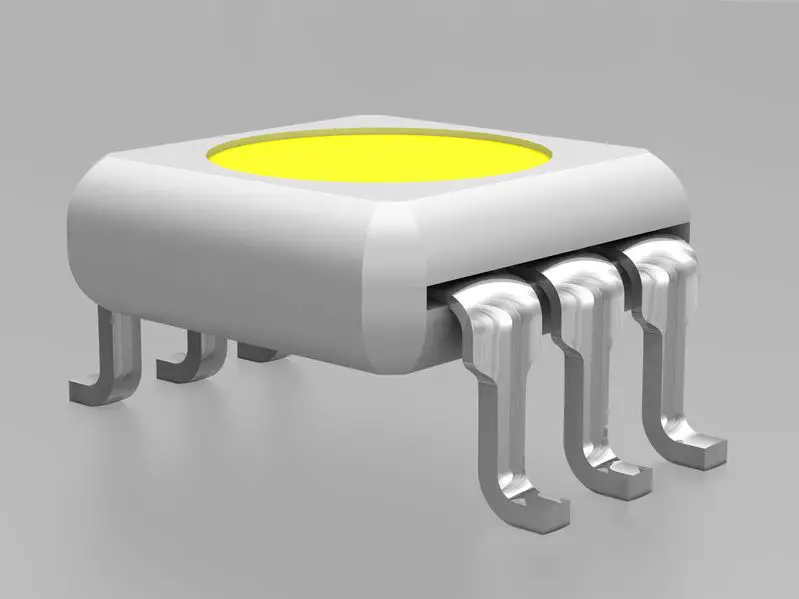
In comparison to the incandescent bulb, the LED bulb is significantly cooler. The LED chips which produce light usually reach temperatures anywhere in the range of 20-80 °C (68-140°F). The range is rather wide due to the operating temperature depending on a few things in its operating environment, such as surrounding temperature or if it’s in an enclosed or open fixture.
For more on how hot light bulbs get in comparison to each other, we recommend you go here.
In a similar fashion to the incandescent bulb, all of this heat does not get transferred to the outer shell of the LED bulb either. This is mostly due to how heat transfer in itself works but also due to the fact that almost all LED bulbs have a heat sink towards the base of the bulb, which directs the heat away from the bulb itself.
With all of these factors considered, it is very unlikely for an LED bulb to reach temperatures high enough to burn you or otherwise feel discomfort, even when operating at full power. It will in most scenarios be the same temperature as the environment it is surrounded by.
Should You Touch LED Bulbs With Bare Hands?
While we have established that it is safe to touch an LED bulb with your bare hands, is there any reason why you should do this over using gloves or other protective gear?
For the most part, there is no real reason to wear gloves when handling LED bulbs. The main reason why gloves are worn when handling other bulbs is to avoid leaving skin oil residue on the bulbs as that can cause light bulbs to explode when reaching high temperatures.
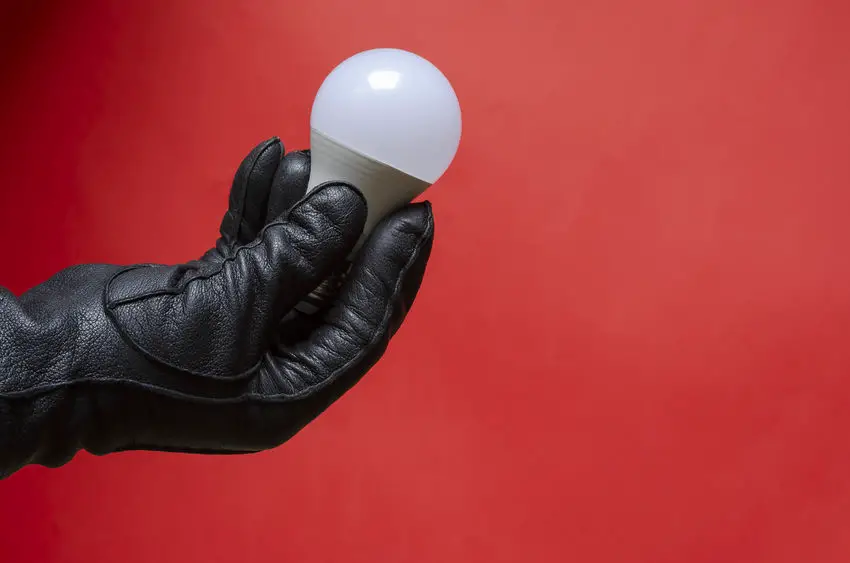
However, since LED bulbs don’t reach temperatures nearly as high as incandescent bulbs or halogen, this is not something that must be prevented. That being said it never hurts to be extra safe.
No matter how you go about touching LED bulbs, you should always take caution when handling them. LEDs are comprised of electronic components, meaning they don’t take aggressive handling too well. Handling them too much can cause them to stop working sooner than anticipated or completely break them in an instant if the damage is too much. As long as you keep this in mind and handle them with some caution it shouldn’t be much of an issue though.
Which Bulbs Should You Avoid Skin Contact With?
While LEDs are fine to touch with bare hands there are plenty of bulbs that you should not have any skin contact with at all. These bulbs are mainly, but not limited to:
Incandescent bulb
Halogen bulb
Low-Pressure Sodium (LPS) bulb
High-Pressure Sodium (HPS) bulb
Xenon bulbs
These bulbs are on this list for one specific reason, which is that they reach very high temperatures. All of the bulbs on this list usually reach temperatures upwards of 260 °C (500 °F).
This is a problem for 2 main reasons. One of these reasons is the skin oils we leave behind on them, as we’ve previously discussed. There are always skin oils on our fingers and when we leave some of that oil behind on the glass surface of the bulb it becomes an issue.
This is because as the bulb heats up the skin oils will start to burn and possibly boil on the surface of the glass. This is very likely to cause the bulb to explode due to the instability and stress put on the glass. This is mostly a concern for halogen bulbs since they burn far hotter than the others, however, safety should never be neglected.
The other problem is that these temperatures simply will cause burn damage on your skin if you decide to touch them while they are hot. This can of course be avoided by simply waiting for the bulbs to cool before touching them, however, it might not always be considered that they are extremely hot, so beware of this factor if you are in the process of changing any of these different types of bulbs.
If you do happen to touch these bulbs with your bare hands you will want to use rubbing alcohol or other good cleaning agents to get rid of the skin oils while making sure not to accidentally apply any additional oils while cleaning them. If this is not a possibility it is recommended to switch out the bulb entirely due to the risk of glass shattering.
Conclusion
LEDs are not very prone to excessive heat generation and will therefore not explode if skin oils from our hands are applied to them, meaning that they are generally very safe to the touch.
However, you should always be considerate about the electronic nature of LEDs in that some electronic parts inside of them might break or cause the lifespan to shorten dramatically if not handled cautiously enough.

